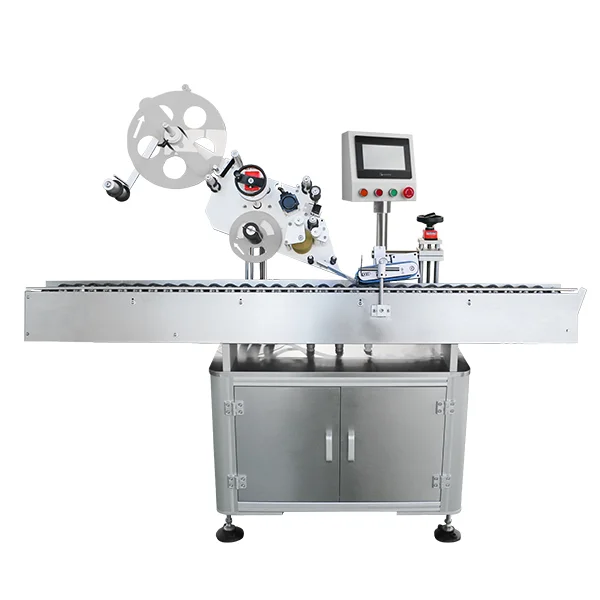When we think about the construction of interior walls today, the ubiquitous presence of sheetrock (or drywall) often comes to mind. This material has revolutionized the way we build and finish our interiors, offering speed, efficiency, and cost-effectiveness. However, before the advent of sheetrock, various materials and techniques were employed to create walls that were not only functional but also aesthetically pleasing. This article delves into the historical methods of wall construction, exploring what was used on walls before sheetrock became the standard.
The Evolution of Wall Construction
- Lath and Plaster: The Traditional Method
Before the widespread use of sheetrock, the most common method for constructing interior walls was the lath and plaster system. This technique dates back to ancient times and was prevalent until the mid-20th century.
- Lath: Wooden strips, known as lath, were nailed horizontally to the wall studs. These strips were typically made of thin, narrow boards, often pine or fir, spaced a few inches apart. The purpose of the lath was to provide a framework for the plaster to adhere to.
- Plaster: Once the lath was in place, a mixture of lime, sand, and water was applied in multiple layers. The first coat, known as the scratch coat, was applied and then scored to create grooves for better adhesion of subsequent layers. The second coat, or brown coat, was thicker and smoothed out to create a level surface. Finally, a finish coat was applied for aesthetics, often incorporating pigments for color.
This method provided excellent insulation and soundproofing, but it was labor-intensive and time-consuming. The drying time for plaster could also delay construction projects significantly.
- Adobe and Cob: Earthen Materials
In regions where timber was scarce, builders turned to natural materials like adobe and cob.
- Adobe: Made from clay, sand, and straw, adobe bricks were molded and dried in the sun. These bricks were then stacked and bonded with a mud mortar. Adobe walls are known for their thermal mass, keeping interiors cool in the summer and warm in the winter.
- Cob: Similar to adobe, cob is a mixture of clay, sand, straw, and water, but it is applied in a monolithic form rather than as bricks. Cob structures are often characterized by their organic shapes and thick walls, providing excellent insulation.
Both adobe and cob construction methods were sustainable and utilized locally sourced materials, making them environmentally friendly options long before modern green building practices emerged.
- Wattle and Daub: A Medieval Technique
Wattle and daub is another ancient technique that predates sheetrock. This method involved weaving a lattice of wooden strips (wattle) and then applying a mixture of clay, straw, and animal dung (daub) to fill the gaps.
- Durability: Wattle and daub walls were surprisingly durable and provided good insulation. This technique was commonly used in medieval Europe and can still be seen in some historical buildings today.
- Aesthetic Appeal: The textured finish of wattle and daub walls offered a unique aesthetic that many modern homeowners seek to replicate through decorative plaster techniques.
- Brick and Stone: The Stalwarts of Construction
In many parts of the world, especially in urban settings, brick and stone were the primary materials used for wall construction.
- Brick: Fired clay bricks provided a durable and fire-resistant option for building walls. Brick construction allowed for intricate designs and patterns, contributing to the architectural beauty of buildings.
- Stone: In regions with abundant stone resources, builders utilized locally quarried stone to create robust walls. Stone walls are known for their longevity and natural insulation properties.
The Transition to Sheetrock
The introduction of sheetrock in the early 20th century marked a significant shift in wall construction. Sheetrock offered several advantages over traditional methods:
- Speed of Installation: Unlike lath and plaster, which required multiple layers and drying time, sheetrock could be installed quickly, allowing for faster project completion.
- Cost-Effectiveness: Sheetrock is generally less expensive than traditional plaster systems, making it an attractive option for builders and homeowners alike.
- Versatility: Available in various thicknesses and finishes, sheetrock can be easily customized to meet the needs of different spaces.
Conclusion
Understanding what was used on walls before sheetrock provides valuable insight into the evolution of construction practices. While modern materials like sheetrock have streamlined the building process, the traditional methods of lath and plaster, adobe, cob, wattle and daub, and brick and stone each offer unique benefits and historical significance. As we continue to innovate in construction, it is essential to appreciate the craftsmanship and ingenuity of those who came before us, paving the way for the efficient building techniques we use today.


